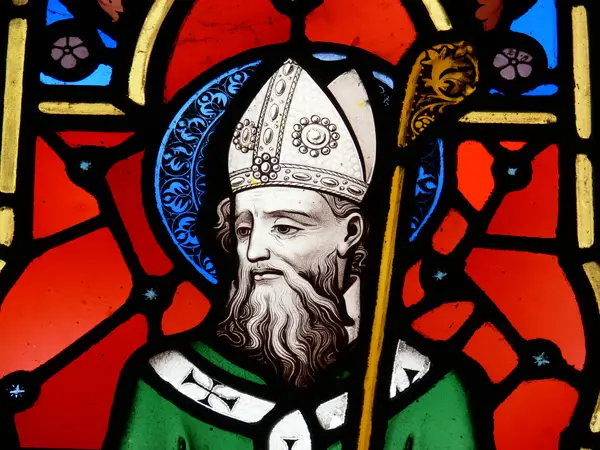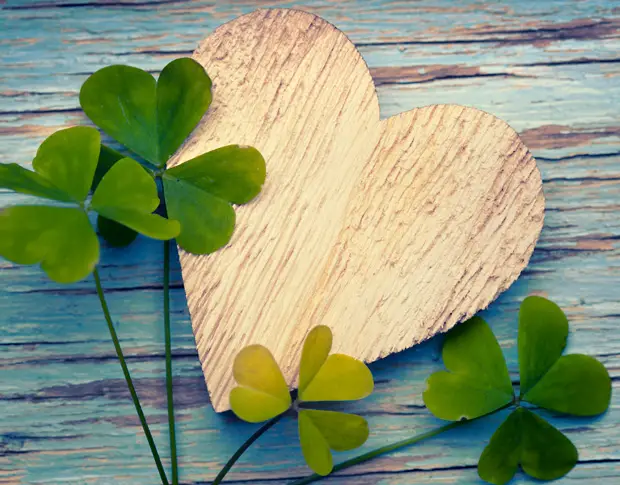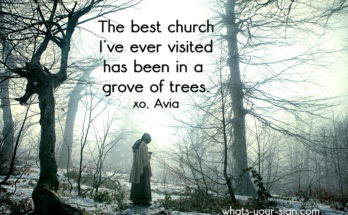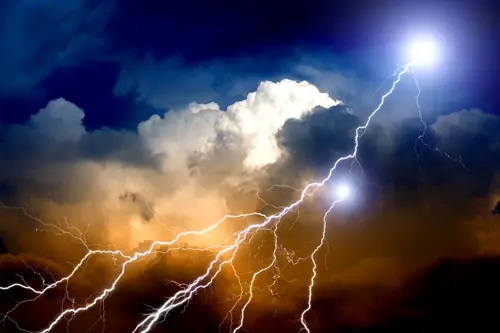Celebrating St. Patrick’s Day Symbols
It’s been said that on March 17th, St. Patrick’s day, everybody is Irish. That’s not too far off the mark. At one point, Irish immigrants outnumbered any other nationality in the US. In fact, the Irish have been so influential in this country, that many Irish customs (and symbols) are embossed upon the American culture.
This Irish holiday is just as impressive with symbolic meaning. Firstly, St. Patrick was a pretty remarkable dude…and he wasn’t Irish either. He was born around Roman Britain, close to Scotland. In a weird twist of fate, St. Patrick was captured by Irish raiders and made a slave in Ireland. Ironic, eh? Yeah…the guy who is an Irish icon was kept a slave there from the time he was 16. After about seven years as a slave, St. Paddy was called by God to serve a higher purpose, and he ran away from his dour life of slavery.
He traveled Europe and got the education he lacked as a slave. Then God called St. Pat again, telling him it was time to do great things. So St. Patrick went back to Ireland to share his passion for Christianity. Talk about dynamic forgiveness! This is a guy captured by the Irish, yet he went back there as a missionary to talk about salvation.
St. Patrick didn’t have an easy time of it though. He made some big social blunders. On one occasion, Patrick lit a bonfire on what was then one of the most sacred Celtic celebrations (Beltane).
No big deal, right? Well, the high Celtic king, Laoghaire saw Pat’s fire and was enraged. Apparently, it’s not good etiquette to light a bonfire before the king lights his own first. Oopsie.
St. Patrick soothed over the hard feelings about the fire, started to make friends, and successfully shared his views about Christianity.
What I find very cool about St. Patrick is that he took a different tact than many missionaries. He wasn’t about crushing and converting the people. He actually meshed the Celtic/pagan beliefs in with the Christian philosophy. So instead of obliterating Irish ancient beliefs, St. Patrick wove together the old and the new – forming a cohesion.
As he respected the old ways while honoring his own faith – I think St. Paddy would approve of this post on St. Patrick’s Day symbols. Why? Because symbols, either ancient or new, reflect an era, a culture, a belief, etc. Check out these St. Patrick’s Day symbols…I think you’ll find they make March 17th a little more rich with meaning.

St. Patrick’s Day Symbols
Shillelagh: Okay, so it’s not the most sophisticated weapon, but certainly effective. Back in Patrick’s day, there was a lot of warring for territory, and family feuds. The fighting Irish devised these clubs called shillelagh’s from oak trees as weapons. Often, a warrior would double fist their clubs, one club in one hand to deliver the damaging blow, and the other club for staving off attacks. So what makes this one of St. Patrick’s Day symbols? Over time and with the evolution of legend, the clubs turned into staffs or walking sticks. They were considered to be a mark of wisdom and great power. Check out any picture of St. Patrick, and you’ll see him with a staff – a mark of his esteemed position in the Irish culture.
Leprechaun: These are the wee ones in Irish lore. They are a group of fairies known as Luchorpan. The whole deal with their association with cobbling shoes points back to their name in Gaelic, which means ‘one shoemaker’. Now, you’ve got to understand that in ancient cultures around the world, just about everything had a governing spirit (fairy, troll, goddess whatever). There is a hierarchy of mythic beings who are in charge of certain functions in life. Leprechaun’s, apparently were the Jimmy Choo of shoes back in the day. The leprechaun is included in this list of St. Patrick Day Symbols as a nod of respect to St. Pat for keeping old traditions intact. Rather than eliminating beliefs in magical beings, St. Patrick allowed the people to acknowledge them side-by-side with the new religion.
Harp: Both a national symbol of Ireland, and St. Patrick, the harp won popularity with the Irish long ago. This instrument was used in festivals, celebrations and just general family gatherings. Its music was said to put evil spirits to sleep, and insure peaceful dreams for children. The harp plays its way into Irish culture because it was custom for great tales and legends to be made into music. These tales were often sung accompanied by the harp. Seeing as how St. Patrick is a living legend, it makes sense a few harp tunes were played in his honor. As a symbol of cultural heritage, St. Patrick and the harp go hand in hand.
Shamrock: This unlikely little plant set St. Patrick on the map. It is THE symbol he is most famous for. Why? Because St. Pat was a clever guy. He used the shamrock as a demonstration tool to explain the triple force behind Christianity (Father, Son, Holy Ghost). Celts were already digging the scene of triple energy (triple gods, and goddesses) when Pat showed up, so a trinity was easy to grasp. St. Patrick used the shamrock to show how each branch of the Christian faith stood on it’s own power, but all the leaves needed each other to live and grow. He used the leaves to explain the individuality of each holy entity, while also explaining their dependence upon each sacred power. Learn more about shamrock symbol meanings here.
In closing, I hope you enjoyed this brief article on St. Patrick’s day symbols and their meanings. To be sure, there are many more icons associated with St. Patrick, as well as Ireland. Don’t let your research stop here! Take some time to find out the symbolic meanings associated with this great time of year and the Irish culture.
If nothing else, you can impress your friends at the pub with your knowledge about Irish symbolic history!
As always, thank you for reading. And I hope your St. Patrick’s day (March 17th) turns out to be a frolicking good time.
Brightly,
Avia
If you liked this article, you might also enjoy…
Symbolic Meanings for the Month of March
Good Luck Symbols and Their Meanings




